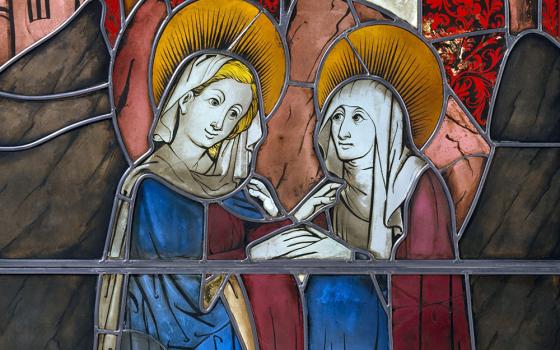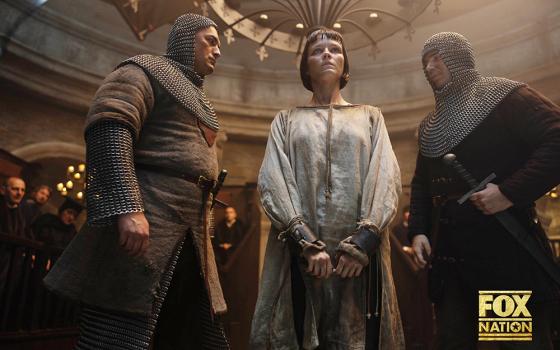I watched Frank Capra’s classic "It’s A Wonderful Life" on Saturday and it is no surprise that the film has even more resonance this year, as the country still struggles with recession and war.
The film famously flopped when it was first released in 1946. Usually, the reason given for its initial lack of success is a belief that the material was too dark for the American public. After a decade of Depression and half a decade of war, audiences weren’t eager to embrace a story about a guy contemplating killing himself on Christmas Eve.
But I wonder if audiences also were unwilling to stomach Capra’s indictment of extreme capitalism, in the person of Mr. Potter, after so many years of scrimping to survive. As played by Lionel Barrymore, Mr. Potter is irredeemable. He’s content to let his neighbors live in shacks, in a “community” named Potter’s Field, so long as it makes him money. In the alternative universe revealed to us, we never see Potter but we see the results of his work, were there no checks on his power: a lawless town where good people are either lonely (Mary, Mrs. Bailey) or have become bitter and useless (Ernie the cab driver, Violet Biggs, Nick the bartender, Mr. Gower).
It does not seem to me that Capra is against capitalism, entirely. Industrialist Sam Wainwright, after all, is decent enough friend to George. And in the person of George Bailey, we see a man who, on some level, embodies a sense of Catholic social justice as it should operate in our American economic system. George is clearly a better business man than his father, to the point where he threatens Mr. Potter’s dominance in town. But, except for that fateful Christmas Eve, George can’t shake the notion that there must always be someone out there looking for the little guys because there will always be someone like Mr. Potter who will build his wealth on their backs and will find ways to justify that unfairness.
Sicilian-born Capra was Catholic. Though there is no priest representing the Church and none of the film’s scenes take place in a church, I cannot imagine a film that more strongly portrays Catholic social justice in action. And I wonder if that helps to explain why, despite its initial failure, the power of its story endures more than six decades later. It is the faith of Clarence, George’s guardian angel, that helps to save him but it is also George’s desire to help others, which fully represents Catholic social justice, that saves him, too.



